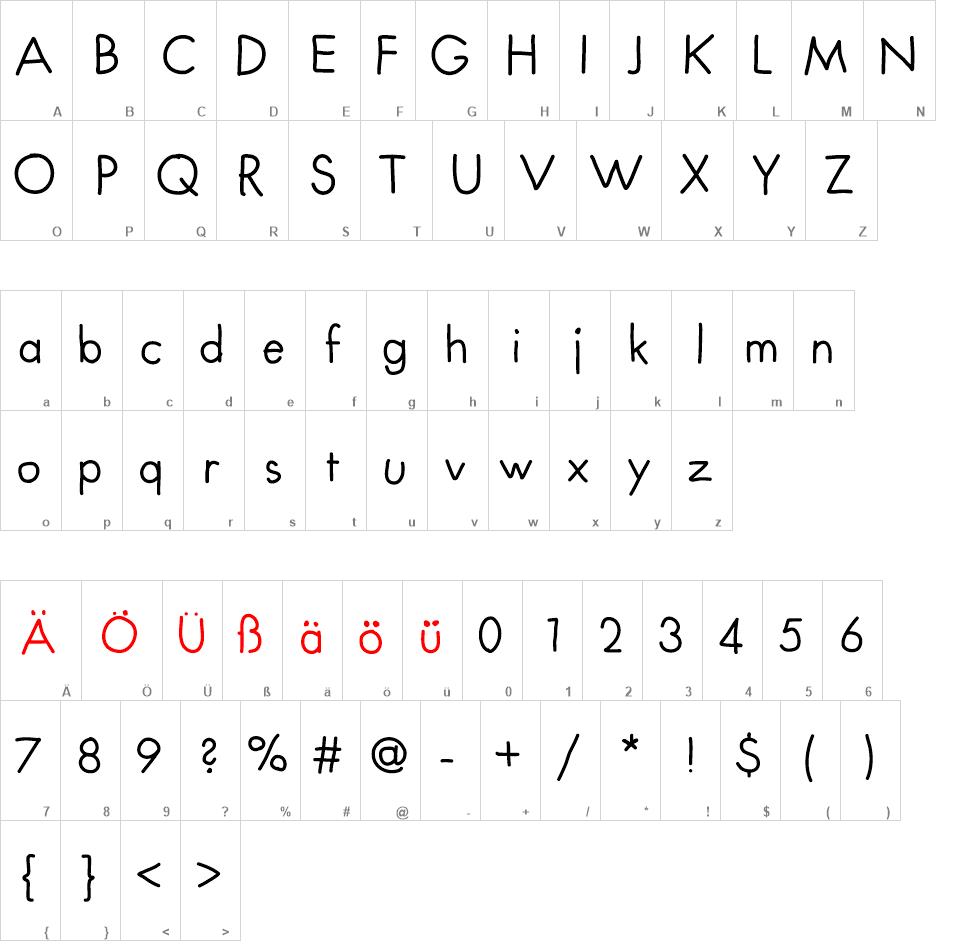

Unlike many sans-serif designs intended for display purposes, Futura has quite a low x-height, reducing its stridency and increasing its suitability for body text. ĭespite its clean geometric appearance, some of Futura's design choices recalled classic serif typefaces. Described as “the typeface of our time” and “a face representing the new typography of the European avant-garde”, Futura was released to stand out against the sans-serif and more elaborate, handwritten-style typefaces that were popular at the time in order to promote simplicity, modernism and industrialization. Matrices for machine composition were made by Intertype.įutura was developed as a contribution to the New Frankfurt project, a radical affordable housing project in Frankfurt, Germany that many renowned modernist architects at the time were involved in. Paul Renner began sketching his letters that would become Futura in 1924 the typeface was available for use three years later. Original drafts of Futura had more abstract variant designs for several letters, such as a two-story lowercase "a" (left, compared to Futura's standard one-story "a" at right). įutura was extensively marketed by Bauer and its American distribution arm by brochure as capturing the spirit of modernity, using the German slogan "die Schrift unserer Zeit" ("the typeface of our time") and in English "the typeface of today and tomorrow". The original metal type showed extensive adaptation of the design to individual sizes, and several divergent digitisations have been released by different companies. The uppercase characters present proportions similar to those of classical Roman capitals. The lowercase has tall ascenders, which rise above the cap line, and uses nearly-circular, single-story forms for the "a" and "g", the former previously more common in handwriting than in printed text. It is based on strokes of near-even weight, which are low in contrast.

Renner's design rejected the approach of most previous sans-serif designs (now often called grotesques), which were based on the models of signpainting, condensed lettering and nineteenth-century serif typefaces, in favour of simple geometric forms: near-perfect circles, triangles and squares. Although Renner was not associated with the Bauhaus, he shared many of its idioms and believed that a modern typeface should express modern models, rather than be a revival of a previous design. įutura has an appearance of efficiency and forwardness. It was developed as a typeface by the Bauer Type Foundry, in competition with Ludwig & Mayer's seminal Erbar typeface of 1926. It is based on geometric shapes, especially the circle, similar in spirit to the Bauhaus design style of the period.

It was designed as a contribution on the New Frankfurt-project. Shaar (Extra Bold, Extra Bold Italic)įutura is a geometric sans-serif typeface designed by Paul Renner and released in 1927.


 0 kommentar(er)
0 kommentar(er)
